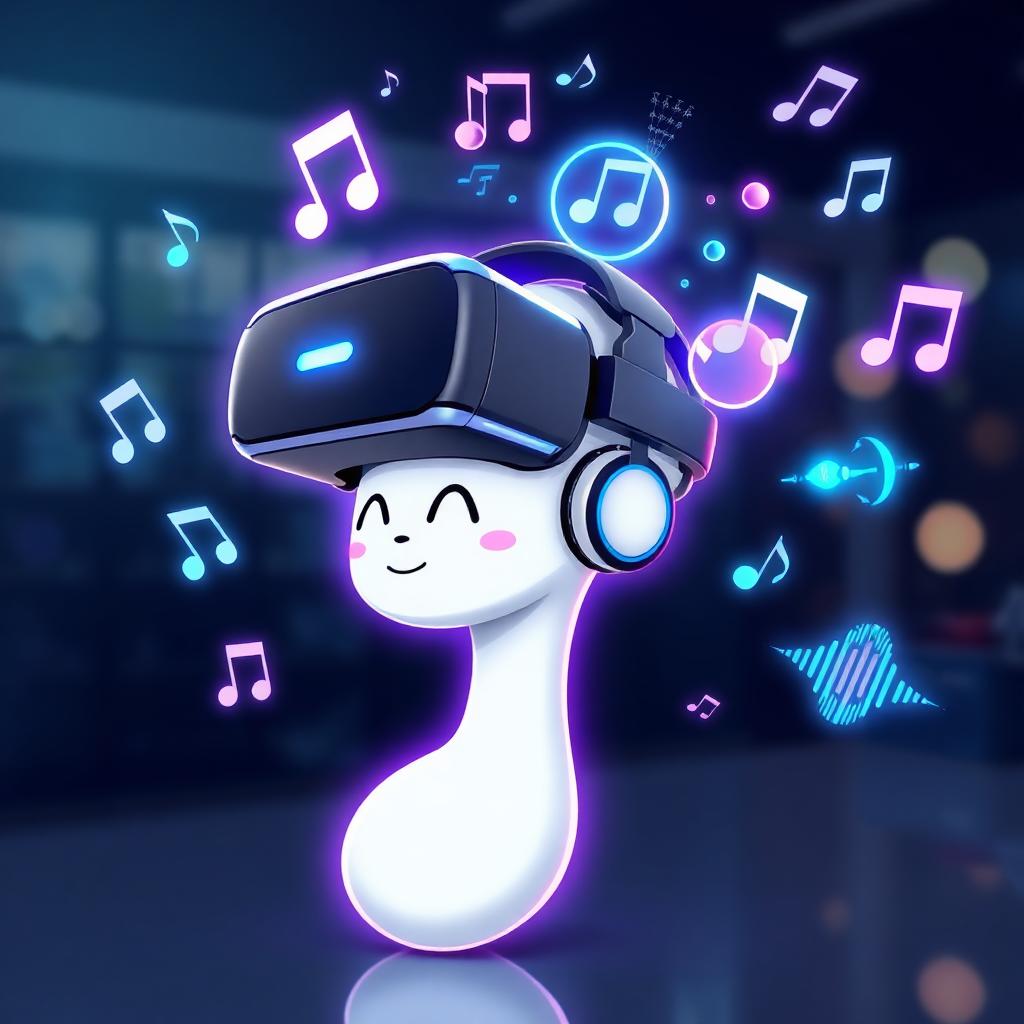Sound Design for Virtual and Augmented Reality: Immersion, Challenges, and Best Practices
Virtual reality (VR) and augmented reality (AR) are completely changing our relationship with sound. We talk a lot about spectacular images, ever-more-powerful headsets, or immersive graphics, but the truth is that without good sound design, the experience falls flat. Sound is what makes your brain really believe it. And that, as a sound designer, I see every day in the projects I work on.

Why is sound so important in VR/AR?
In a classic game or movie, sound enriches the image. In VR/AR, it goes much further: it becomes a landmark, a compass. It's him who tells you that something is happening behind you, who makes you turn your head, or who immerses you in a credible atmosphere.
Take the test: remove the sound from a VR experience, and suddenly, everything seems artificial. Conversely, a simple footstep behind you, well spatialized, can trigger a real physical reaction. That's where you see the power of sound in immersion.
Technical challenges (and why it's not so simple)
1. Latency
In VR/AR, everything must be instantaneous. If the sound arrives a few milliseconds too late, we feel it right away. And instead of being absorbed, we come out of the experience. The technical rigor is therefore enormous.
2. Spatialization
Forget about classic stereo. Here, we're talking binaural, ambisonic, head tracking. The sound must move with you, breathe with the space. Mixing for VR is not about creating a beautiful, fixed sound image: it's about composing a dynamic sound world that changes with the slightest movement.
3. The transitions
In a film, the camera chooses what we look at. In VR, it's the user. Result: we have to anticipate thousands of scenarios. Approach a sound, move away from it, go around it... The sound must be interactive, and that requires real prior thought.
4. The equipment
A VR headset doesn't have the finesse of a good studio system. So you have to think about compression, limited bandwidth, and make sure the rendering remains clean and impactful, even in "degraded" conditions.
Some good practices that I apply
Relying on the right tools
Engines like Wwise or FMOD have become essential. They allow sounds to be adapted in real time: a step will not sound the same on wood or gravel, for example. We gain a lot in realism.
Create modular sounds
A fixed sound quickly becomes repetitive. I prefer to prepare banks with several variations. Example: a wind, it's not just a loop. It's a mix of breaths, gusts, and rustlings. And it is this mix that gives life.
Think in reactivity
In VR/AR, sound is not just a backdrop. It reacts: to your gestures, your speed, sometimes even your gaze. This responsiveness is what makes the user not "endure" the sound, but experience it.
Test in real conditions
This is perhaps the most important advice: you can't judge a VR sound design on studio speakers. You have to put on the headset, move around, turn your head, and most importantly, watch how people react. That's where you see what works and what doesn't.
Examples that inspire me
•Beat Saber: the perfect fusion of music and gameplay. Here, the sound doesn't accompany the action, it is the action.
•Moss: a jewel of subtlety. The sound effects and atmosphere bring this miniature world to life in an incredible way.
•Pokémon GO: even in a simpler experience, the sounds make capturing creatures more fun and more emotional.
Each project shows in its own way how sound can transform an experience into a true journey.
Some useful resources
•Software: Wwise, FMOD, Steam Audio, Resonance Audio (Google)
•Plugins: DearVR, Waves Nx, Oculus Spatializer
•Resources: ambisonic sound packs, binaural recordings, VR-dedicated libraries
These are solid foundations for anyone wanting to get into immersive sound design.
And tomorrow?
VR and AR are just beginning. With the arrival of the metaverse, increasingly high-performance headsets, and perhaps tomorrow haptic feedback synchronized with sound, our role will continue to evolve. We will no longer just be sound designers, but architects of perception.
In summary: •In VR/AR, sound is central, not secondary. •The technical constraints are demanding, but exciting.
• And above all, good sound design is the one that disappears behind the experience and makes the user forget about the technology to fully live in the moment.
That's the magic of our profession: creating worlds that we not only hear... but feel.
If you need help with your sound design projects or if you are looking for custom services, contact our Sound Design France studio (contact@resonance-sounddesign.com) to discuss your ideas!







